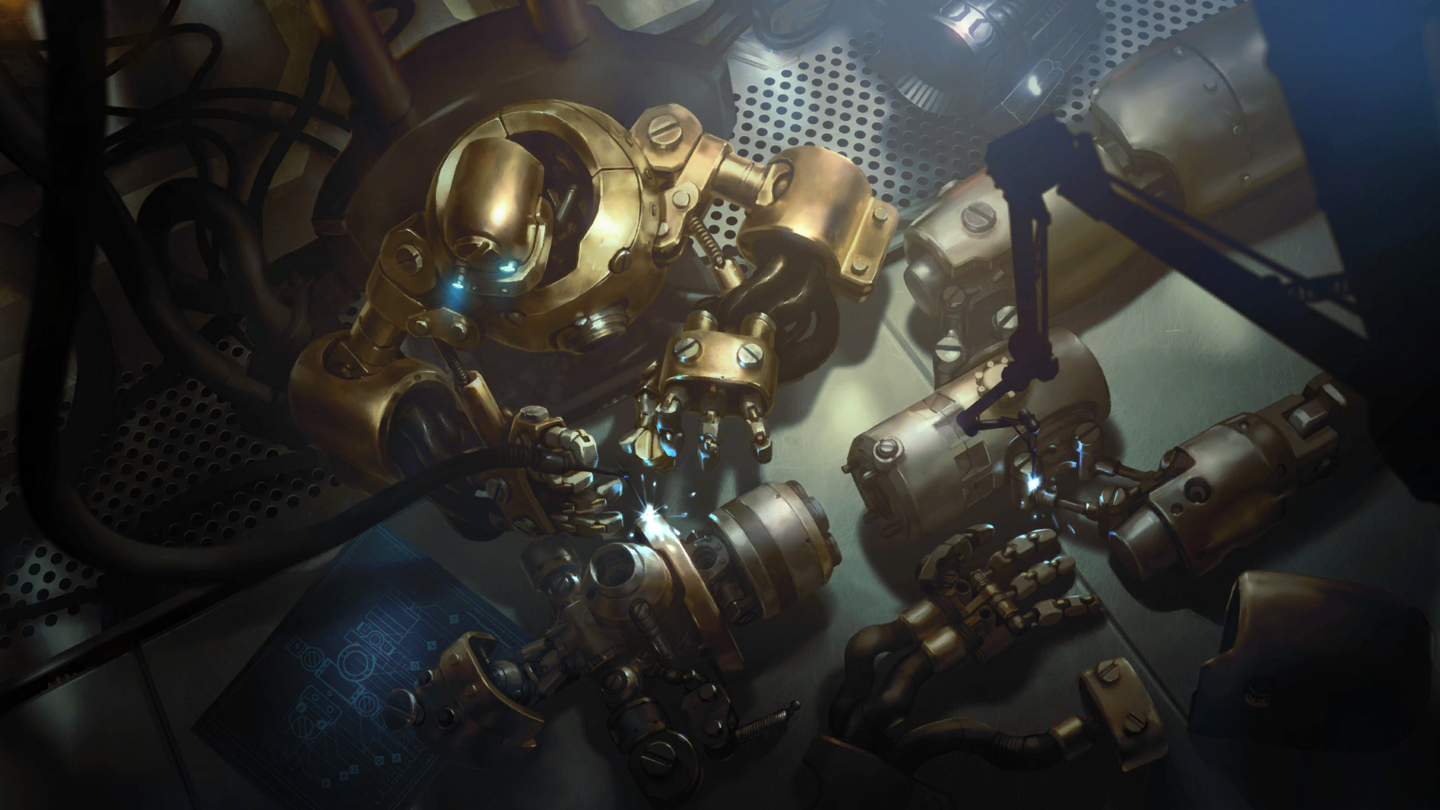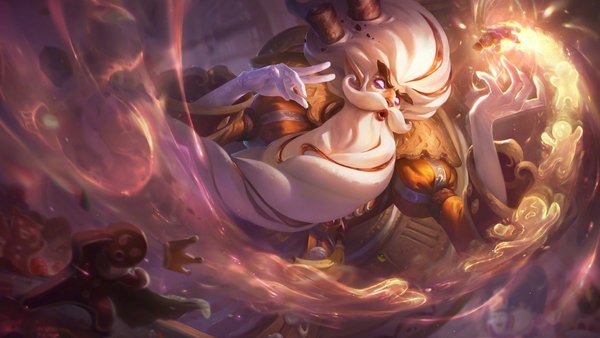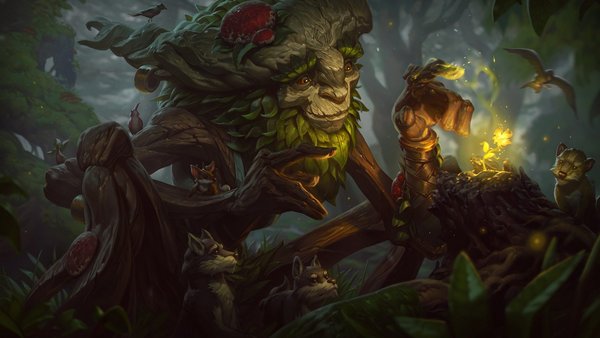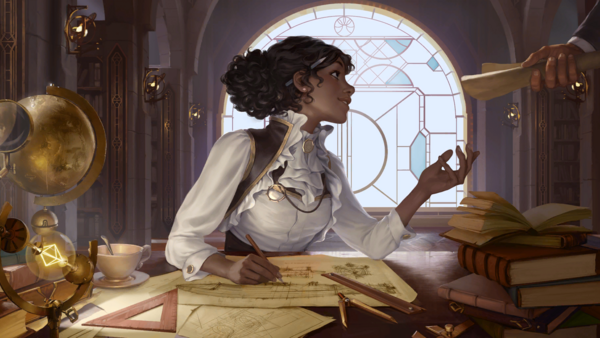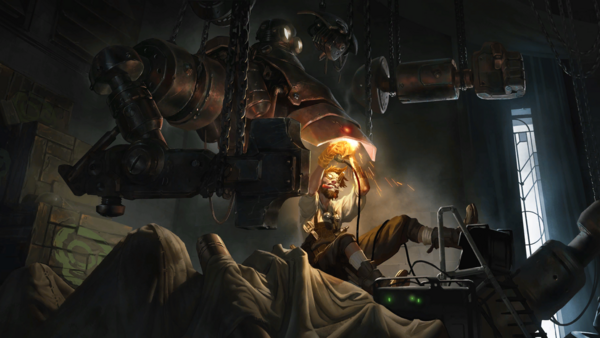In the next couple of posts, we’re going to explore Riot R&D through the lens of different roles: engineering and art. We hope this not only gives you some insight into what we’re looking for in teammates, but that it also illustrates the type of environment we’re creating for our developers.
In order for us to make great games, we need great people in R&D. We have ambitious goals at Riot, especially within R&D, and in order for us to meet these goals we needs folks who are passionate about making games, embrace our creative spirit, and thrive in ambiguity. We intend to grow a lot in 2021 and we're being even more aggressive in our hunt for great game makers.
We have some ideas and prototypes that we’re really excited about, and we need to staff those teams up thoughtfully and quickly with engineers, designers, artists, and producers who can help us turn our concepts into amazing player experiences.
This post was written by Baris Yaman, Engineering Director for R&D. Baris has over 25 years of experience in the game industry as an engineer and a leader, and will share his thoughts on engineering in R&D.
- John David "historianX" Perry, Head of Operations for R&D
Engineering R&D at Riot
At any game studio, Research & Development is exciting by definition. R&D represents the opportunity to join a new game team in its early days and shape its future while closely collaborating with experts from other disciplines to create excellent player experiences.
Laser Focus At Each Stage
The R&D department at Riot oversees two development stages: prototype and pre-production. Our R&D process has been optimized for the intentional outcome of each stage. Let’s take a look at how engineering integrates with each of these.
Prototype
During the prototype phase, we build a small team of professionals with strong genre affinity. Everyone on the team joins design conversations to represent a diverse set of player perspectives, while also relying on subject matter experts to make final decisions in their areas of expertise.
The point of prototyping is to figure out whether a game should be made at all. Engineers on prototyping teams focus on quick iteration and flexible code, because permanent architecture and infrastructure are only built out in pre-production. Instead of investing valuable technologist time on durable architecture, prototype engineers are ready to throw out early code to enable fast pivots. This also prevents nightmares about how to clean a codebase before launch.
Looser requirements for code stability at this early stage means room for experimentation and creative solutions. And with constant feedback due to our playtest-heavy environment, engineers have access to extensive data they can use to inform their next iteration.
Pre-Production
Once a team proves out their thesis, a game enters pre-production. The question shifts from “Should we build this game?” to “How do we build this game?” Engineers on pre-production teams start out with a fresh code environment, zooming out and thinking deeply about how to properly build out a game’s underlying systems and overall architecture.
We collaborate with other game teams and central tech teams to leverage existing Riot tech for systems that have already been solved. This enables us to focus on solving the new, interesting problems that are specific to the pre-prod game itself.
Finding Solutions as One Team
Our core tech team within R&D provides tech solutions for common challenges, with a library of technologies aimed at each stage of R&D. This team also acts as a bridge between R&D and other Riot tech teams, ensuring existing solutions that integrate well within the Riot ecosystem. This has the added benefit of allowing us to seamlessly slip into live service status post-launch.
Ensuring Pivots and Cancellations Are Still Wins
We’ve previously spoken about the Riot R&D approach to pivots and cancellations. We know that while these are an important part of the early stages of development, they can cause uncomfortable moments that we aim to minimize. It’s important that R&D developers know that joining an R&D team means being a member of the entire department, not just that one game.
In other words, if a product is affected by pivots or cancellations, we work with impacted developers to quickly and thoughtfully find roles on other R&D projects or in other Riot tech departments.
Sharing Knowledge
Early learnings don’t just go away—we prioritize knowledge sharing. By treating the entire R&D department as one team, individual products are able to share knowledge gained from their early iterations. We collaborate on issues in similar problem spaces, freeing up time and energy to focus on addressing new challenges, and building common technologies for multiple games at once.
Our R&D teams are small, with strong support and close communities around each game team. Teams are staffed by extremely talented developers from around Riot. Above all else, we aim to succeed together while making player dreams a reality.
What We’re Looking For
Our prototype stage titles are always looking for engineering managers, gameplay engineers, and generalists who work closely with Rioters from other disciplines to help shape the next generation of our games.
Our pre-production stage titles typically look for more specialized roles, such as:
- Product Tech Leads (top-level architects)
- Gameplay/AI Engineers - Unreal and Unity specialists
- Tools Engineers
- Rendering Engineers
- Distributed Systems Engineers
- Build Automation Engineers
- QA Automation Engineers
- Engineering Managers
The best place to look for R&D engineering roles is our Jobs Board. You can also learn more about R&D at Riot at our blog, and if you’re interested in learning more about technology at Riot, check out our Tech Blog.
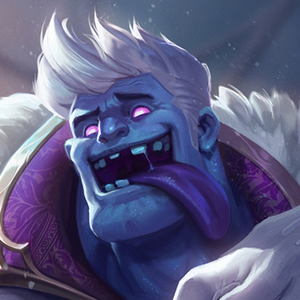

Baris "peacewise" Yaman
Baris “peacewise” Yaman is the Engineering Director for R&D at Riot. In the past, he built and shipped many games on several platforms, started his own game company, and built multi-disciplinary teams to bring awesome player experiences in different markets. He enjoys a variety of game genres, but keeps going back to the Civilization and XCOM series for "one more turn." Baris holds an M.S. degree in Computer Science from M.E.T.U. and a B.S. degree from Hacettepe University.
